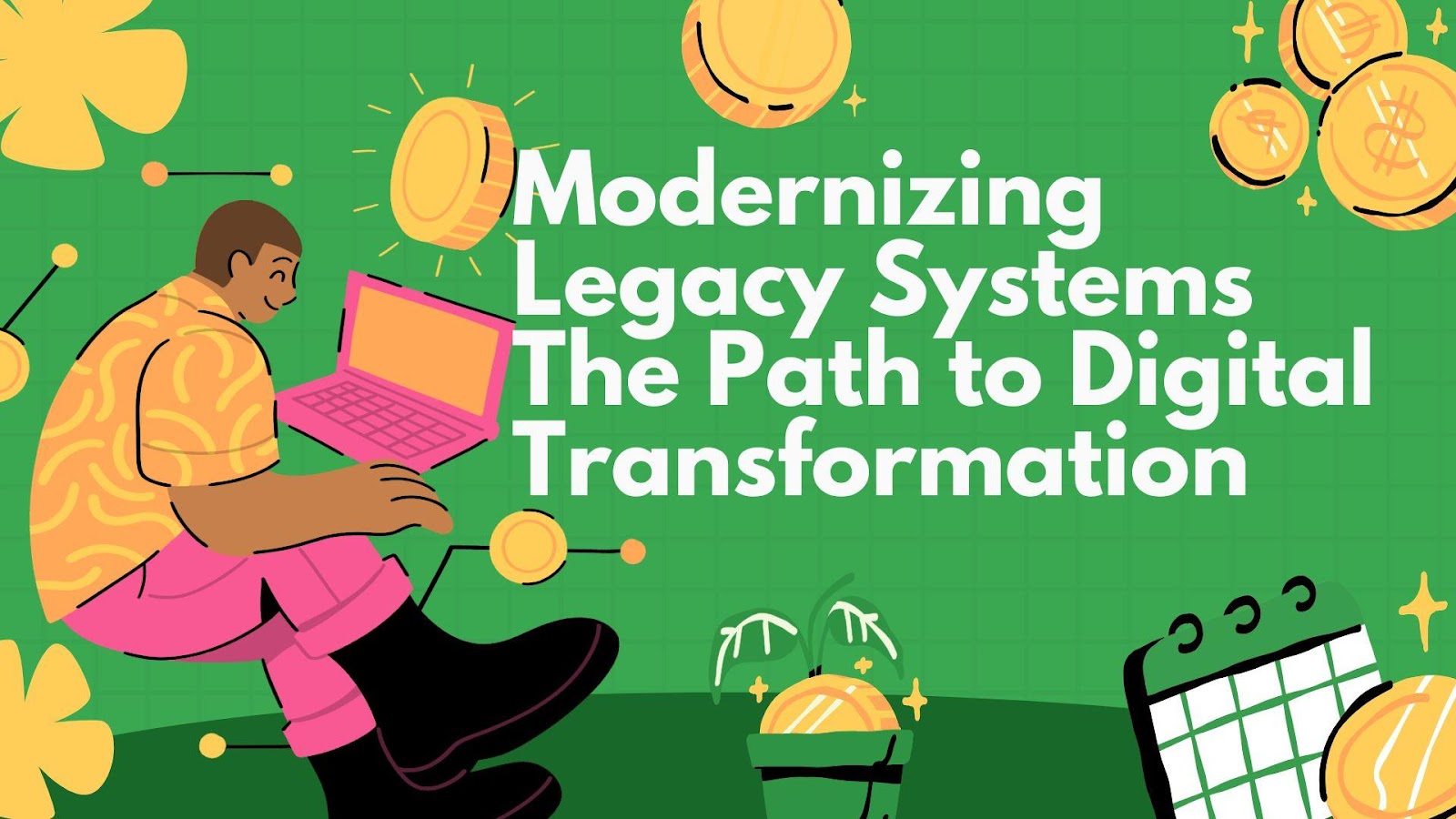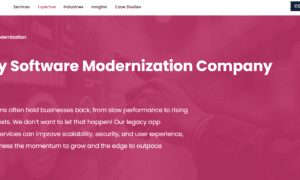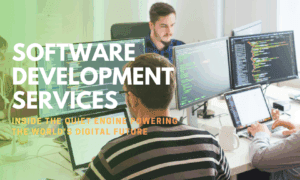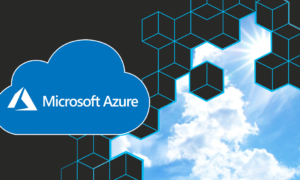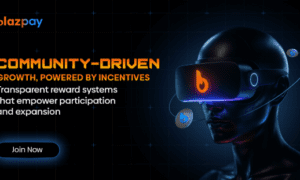In today’s digital era, legacy system modernization is no longer an option but a necessity. Organizations worldwide are striving to integrate modern technologies while preserving the stability of their existing infrastructures. Sasidhar Reddy Somula, an expert in digital transformation, provides valuable insights into how businesses can navigate this complex journey. His research sheds light on the strategic imperatives, transformation metrics, and best practices that enable seamless modernization.
Bridging the Gap Between Old and New
Legacy systems, often decades old, continue to form the backbone of various industries. However, maintaining these systems consumes a significant portion of IT budgets, limiting innovation. Modernization efforts focus on transitioning to cloud-based architectures, leveraging artificial intelligence (AI), and improving data analytics capabilities. The shift ensures enhanced performance, cost efficiency, and agility in responding to market demands.
The Role of Cloud Computing in System Modernization
Cloud migration stands at the forefront of modernization strategies. The adoption of cloud-native applications and infrastructure enables organizations to reduce operational costs by up to 40%, increase deployment frequency by 80%, and enhance system resilience. The “6R” migration approach—Rehost, Replatform, Repurchase, Refactor, Retire, and Retain—guides businesses in selecting the optimal migration path tailored to their needs.
Artificial Intelligence and Automation: The Game Changers
AI and machine learning are redefining legacy modernization by enabling predictive analytics, process automation, and intelligent decision-making. AI-driven analytics improve decision accuracy by 30%, while automation reduces processing time for complex transactions by 35%. The integration of AI ensures that legacy systems can adapt to evolving business requirements, improving overall efficiency.
Microservices and API-Driven Integration
Traditional monolithic systems are being replaced by microservices architectures, allowing independent scaling of different system components. Organizations implementing microservices experience a 40% increase in resource efficiency and a 50% improvement in system interoperability. Additionally, API-first designs streamline communication between legacy and modern systems, reducing integration complexity by up to 70%.
User Experience and Change Management: Overcoming Resistance
User adoption remains a critical challenge in modernization. A smooth transition requires balancing innovation with familiarity. Research indicates that phased UI/UX enhancements result in an 85% success rate compared to full-system overhauls, which often face high resistance. Digital adoption platforms and interactive learning modules accelerate user onboarding, reducing training-related costs by 45%. Successful implementations prioritize continuous user feedback loops and personalized support channels, incorporating real-time analytics to identify adoption barriers and engagement patterns. Strategic change management frameworks emphasize stakeholder communication and clear value proposition messaging.
Data Migration: Ensuring Accuracy and Security
Transferring historical data from legacy systems to modern platforms involves handling terabytes or even petabytes of information. Organizations employing a mix of bulk migration for historical data and real-time synchronization for current operations report a 50% improvement in migration efficiency. Secure API gateways and encryption mechanisms ensure data integrity and compliance with regulatory standards.
Strategic Risk Management in Modernization
Mitigating risks associated with system transformation requires a well-defined strategy. Studies highlight that phased implementation reduces migration risks by 40%, while proactive rollback planning minimizes business disruptions. Automated testing frameworks and AI-assisted validation help identify potential issues, leading to a 55% improvement in migration success rates.
Measuring the Impact: Performance Metrics and ROI
Success in modernization is measured through key performance indicators (KPIs) such as system uptime, transaction speed, and operational cost savings. Organizations that effectively modernize their systems achieve a 15-30% reduction in operational expenses and a 40-60% improvement in response times. Improved service delivery further translates into higher customer satisfaction and market competitiveness.
Future-Proofing Through Scalable Architecture
Modernization should not be a one-time effort but an ongoing strategy. By incorporating scalable infrastructure, modular architecture, and AI-driven insights, businesses ensure long-term adaptability. Organizations that prioritize API-first designs and flexible frameworks report a 38% higher agility in responding to future technological advancements.
In conclusion,Legacy system modernization is a multifaceted journey requiring a blend of technology, strategy, and stakeholder engagement. As highlighted by Sasidhar Reddy Somula, organizations that adopt a structured, phased approach while integrating emerging technologies are better positioned to drive digital transformation successfully. Investing in modernization today ensures a competitive edge in tomorrow’s rapidly evolving digital landscape.

